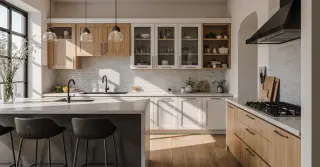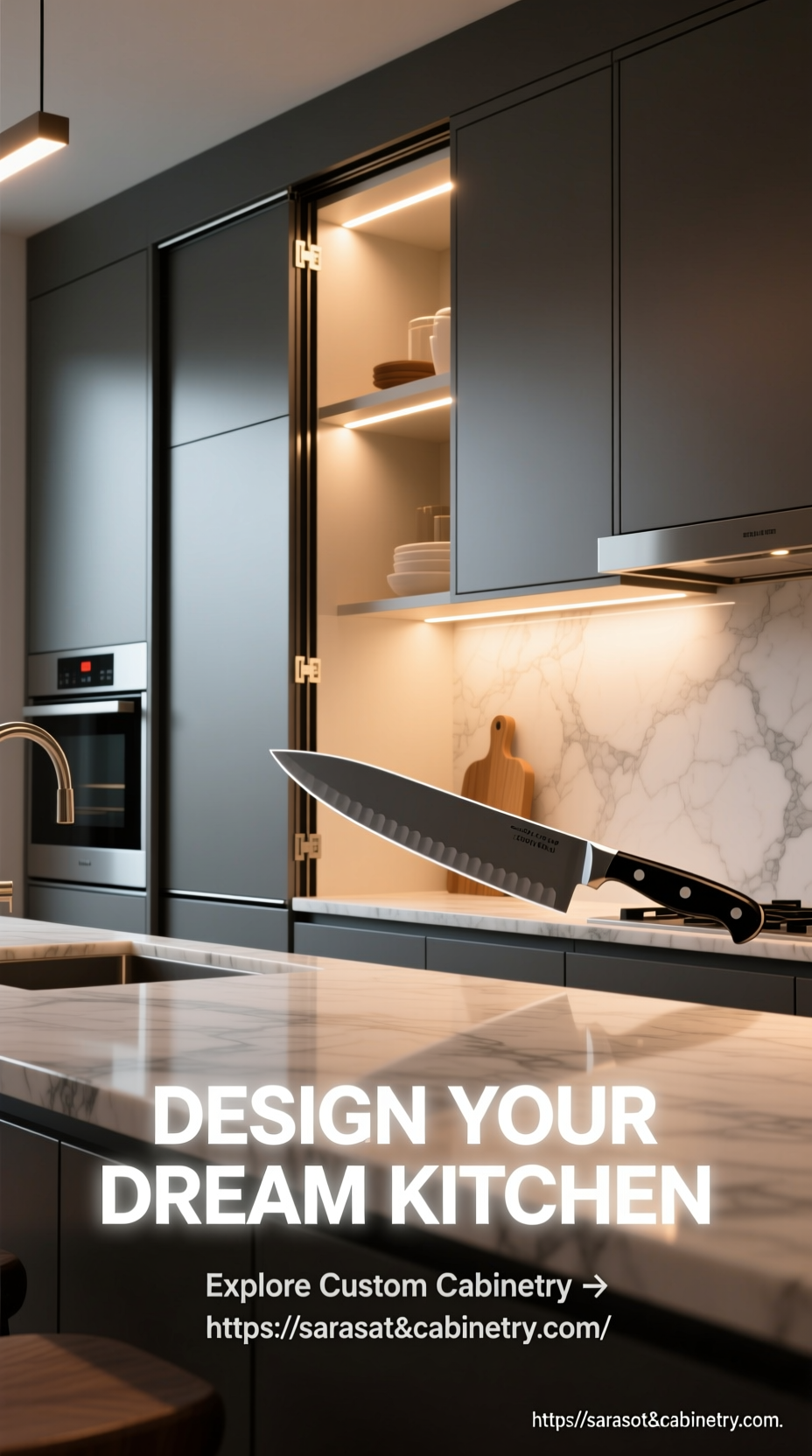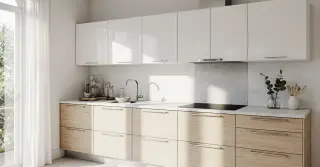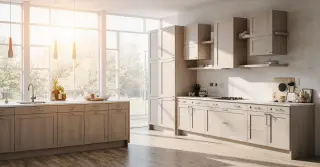Kitchen Cabinet Prices

Pricing for Kitchen Cabinets: Understanding Your Investment’s True Value
When considering a kitchen renovation or upgrade, understanding kitchen cabinet prices is essential to making informed decisions that balance aesthetics, functionality, and budget. The cost of cabinets can vary dramatically depending on materials, craftsmanship, design complexity, and brand reputation. Opting for custom cabinetry usually entails higher costs because of its precise tailoring and singular design, providing optimized storage and a cohesive aesthetic. High-quality wood cabinets, such as maple, oak, or cherry, are often more expensive but provide exceptional durability and a luxurious appearance that adds long-term value to your home.
Beyond the choice of material, the cabinet style significantly influences the overall cost. Mass-produced stock cabinets provide a budget-friendly solution for functional storage without the premium of bespoke designs. Semi-custom cabinets, on the other hand, offer a balance between cost and personalization, allowing modifications in dimensions, finishes, and hardware to suit specific kitchen layouts. Custom-built cabinets allow full control over design, dimensions, and materials, delivering exclusive results at higher prices. Those who select top-tier materials and skilled workmanship frequently regard the higher initial investment as worthwhile for lasting value and sophistication.
The selection of surface finishes and functional hardware significantly affects cabinet pricing. High-end kitchens are integrating innovations such as smooth-closing hinges, sliding drawers, and luxury handles to optimize both function and visual appeal. Finishes like high-gloss, weathered wood, or custom color combinations can raise expenses yet dramatically enhance the kitchen’s style. Investing in durable finishes ensures that cabinets resist everyday wear and tear, maintaining their elegance for years without requiring frequent repairs or refinishing. Designers often recommend combining functional hardware with premium finishes to create a kitchen space that is both practical and sophisticated.
Innovative storage features impact cabinet costs significantly. Features like deep drawers, corner carousels, spice racks, and integrated appliance compartments are highly sought after in contemporary kitchen designs. While these features maximize functionality and accessibility, they often raise prices because of more intricate craftsmanship. Strategically selected storage innovations offer a balance between convenience and enduring functionality, making them worthwhile expenses. Modern kitchen design trends emphasize blending aesthetic appeal with functionality, which is reflected in the pricing structure of advanced storage solutions.
The expense of skilled installation significantly influences overall cabinet pricing. Experienced installers guarantee precise alignment, secure mounting, and functional optimization. Inadequate installation diminishes durability and overall value. Reputable cabinet providers usually offer installation within the package, assuring quality results and satisfaction. Attention to detail in construction and installation enhances cabinet longevity and justifies investment, highlighting the need for trusted professionals.
Local market conditions create differences in cabinet pricing. Price ranges vary based on workforce expenses, material access, and regional demand. In metropolitan regions, cabinet prices tend to be higher due to increased costs of living. Selecting environmentally responsible or foreign materials can elevate pricing. Sustainably sourced or recycled cabinets appeal to environmentally aware buyers despite higher initial costs, offering ecological and efficiency advantages.
Design complexity influences pricing as well. Elaborate features such as sculpted moldings, accent panels, and built-in illumination drive up cabinet prices due to added complexity. Sleek, modern designs with flat-panel doors and minimalist hardware may be more cost-effective while maintaining a stylish appeal. Strategic selection of design elements ensures style and usability without exceeding budget limits. Professional guidance helps integrate appealing design elements while maintaining cost-effectiveness, creating personalized kitchen solutions.
Material longevity should also guide investment decisions. Premium materials including hardwoods, engineered wood with rich veneers, and advanced laminates resist wear, warping, and moisture. While these materials may elevate initial cabinet prices, they reduce the likelihood of wear, warping, or water damage over time. Prioritizing longevity in materials maintains kitchen functionality and elegance, demonstrating prudent investment. Durable material selection is regarded as foundational for maximizing return on kitchen investment.
Effective cabinet configuration improves both aesthetics and usability. Efficient layouts reduce wasted space, improve workflow, and enhance the overall cooking experience. Smart placement of storage, prep areas, and accessibility elements maximizes utility and perception of luxury. Expert design consultations help homeowners navigate the myriad of choices, combining aesthetic vision with practical solutions to optimize both space utilization and cost-effectiveness.
Ultimately, understanding kitchen cabinet prices is about recognizing the factors that contribute to long-term value rather than focusing solely on immediate costs. Material quality, craftsmanship, hardware, finishes, storage solutions, and installation all play interconnected roles in determining the true worth of your investment. Selecting long-lasting, stylish, and practical cabinets ensures kitchens remain functional, beautiful, and investment-worthy. Knowledgeable planning and strategic investment in kitchen cabinetry lead to spaces that are both beautiful and enduring, reflecting careful consideration and elevated design sensibilities.




